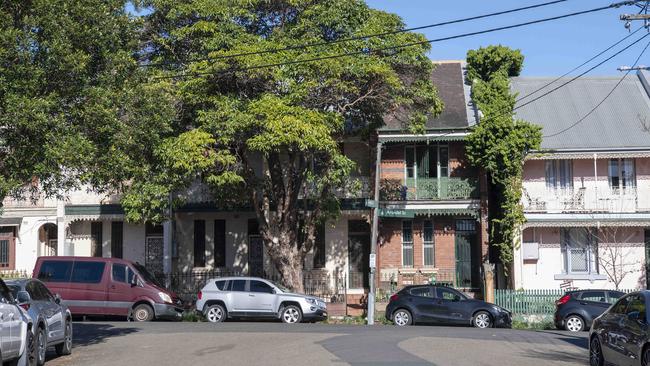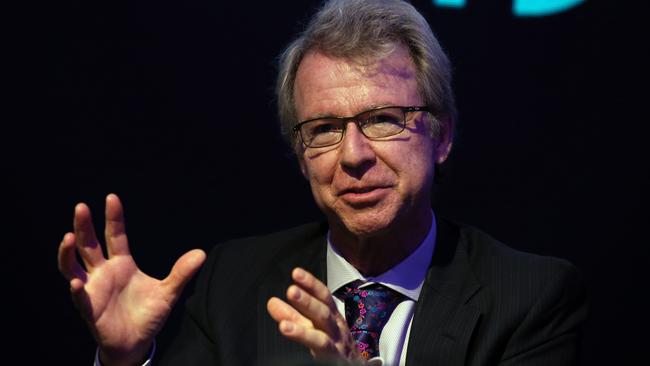There are signs of property distress but banks will be largely insulated from the worst of it
Banks won’t be substantially affected by the ructions looming within the housing market, experts attending a Sydney forum believe.

Mortgage failures will rise alongside growing house prices as the double hit of interest rates slams into rapid population growth, but Australia’s banks will be insulated from the worst of any downturn, a panel of analysts says.
Attending the S&P Australian Property Spotlight Seminar in Sydney on Tuesday, the experts said Australia’s housing sector was set for a rocky patch, as rising construction prices hurt builders. Sections of the commercial office and retail market would also experience volatility as prices tumbled on the back of lower demand and higher interest rates.
S&P Global Ratings financial institutions director Sharad Jain said it was increasingly a tricky proposition to determine where property prices were heading, given competing trends that were driving demand while at the same time pushing up costs.
But he said the recent increase in house prices suggested demand pressures were now more than offsetting the impact of the cash rate crunch.
The Reserve Bank has lifted the cash rate 12 times since April 2022, from its pandemic low of 0.1 per cent to 4.1 per cent.
S&P Global Ratings projects the cash rate will continue to climb over coming months, peaking at 4.6 per cent. Its data showed rents were rising at their fastest pace in 10 years, nearing 5 per cent year-on-year increases.
It comes as figures show property transactions have fallen well below their 20-year average, leaving buyers to compete for fewer homes.

But Mr Jain said there could be further declines in house prices as the impact of the interest rate hikes has not “fully played out yet” with almost 45 per cent of fixed-rate mortgages set to reprice over the coming year, and a further 30 per cent next year.
S&P Global Ratings structured finance ratings director Erin Kitson said the data was showing a “divergence” in areas, with outer suburban areas inching up while inner cities remain well performing. She expected arrears would peak “towards the end of the first half of next year” as they reflected a lagging indicator of the health of the housing market.
Mr Jain said banks would “weather the rising interest rate stresses very well”, but noted the non-performing asset level was still going to rise “a little bit”.
“We expect that to remain low, but peak at around the current level in the next year or so,” he said. Mr Jain said credit losses for banks would peak at around “the level we saw before Covid”.
S&P data showed non-performing housing loans have started to rise from their lows in December 2022. Borrowers with loan to value ratios of 90 to 95 per cent were the worst performing segment, with non-performing loans rising towards 5 per cent.
AMP chief economist Shane Oliver said there were early indications of stress with the recent rise in listings over the normally quiet winter period. But although higher rates could take the heat out of house price growth, prices were unlikely to fall until unemployment ticked up.







To join the conversation, please log in. Don't have an account? Register
Join the conversation, you are commenting as Logout